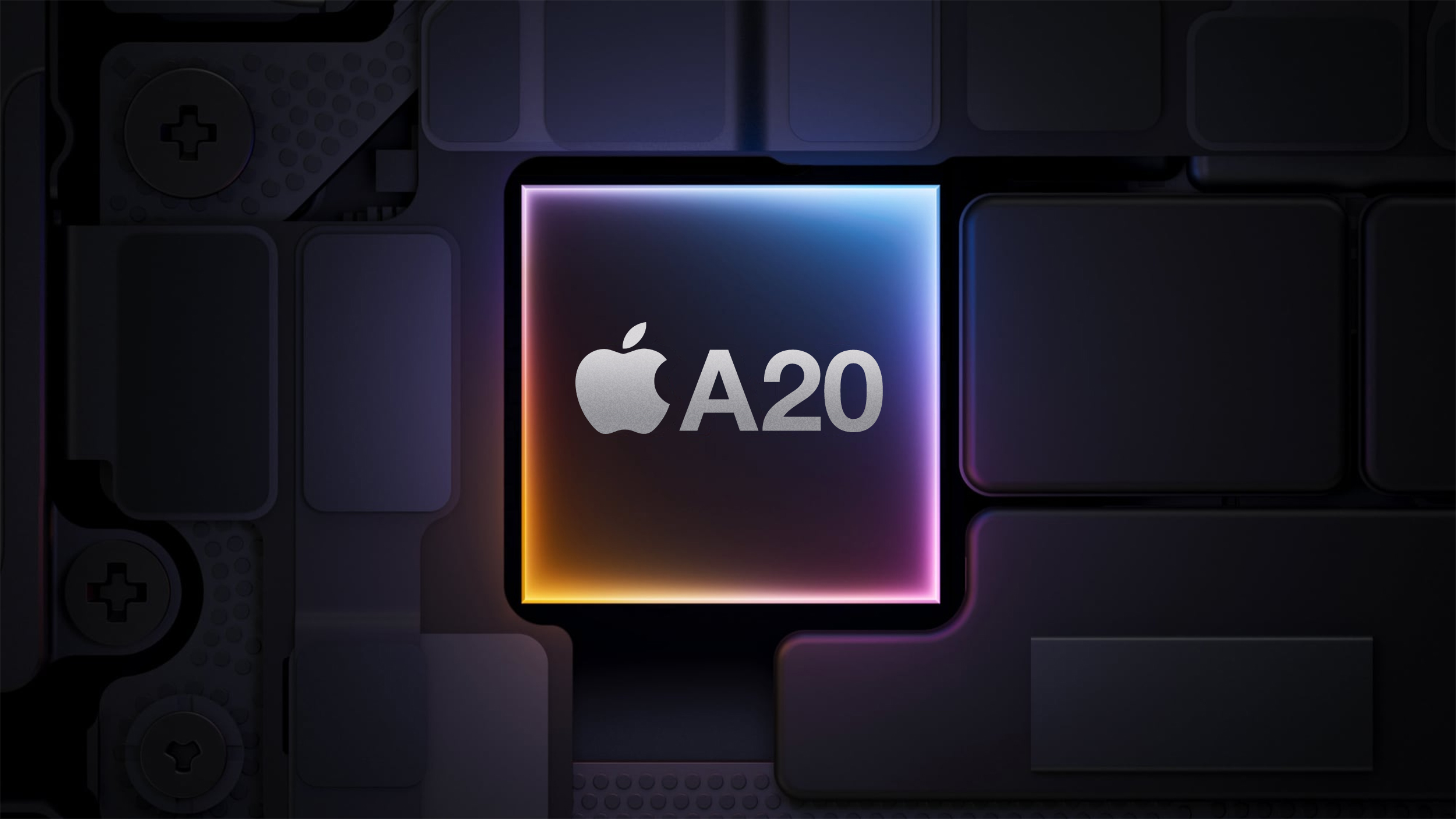
Apple's A20 chip in the iPhone 18 will be packaged with TSMC's Wafer-Level Multi-Chip Module (WMCM) technology, according to Apple supply chain analyst Ming-Chi Kuo. This change has been rumored by multiple other sources previously.

Apple would be moving away from TSMC's InFO (Integrated Fan-Out) packaging it uses currently.
It is unclear if this change will be limited to higher-end models, like the iPhone 18 Pro and the so-called "iPhone 18 Fold," or if it will extend to the standard iPhone 18 and iPhone 18 Air. Kuo's research note today mentioned a second half of 2026 timeframe, which is when the iPhone 18 Pro and foldable iPhone are expected to launch. The Information said the lower-end iPhone 18 models will not be released until spring 2027.
In any case, at least some A20 chips would have RAM integrated directly onto the same wafer as the CPU, GPU, and Neural Engine, rather than sitting adjacent to the chip and connected via a silicon interposer. This could contribute to faster performance for both overall tasks and Apple Intelligence, and longer battery life from improved power efficiency. A20 chips may take up less space in the iPhone compared to previous chips.
A20 chips are also expected to be manufactured with TSMC's 2nm process, which would also contribute to faster performance and improved power efficiency over A18 and A19 chips, which are or will be fabricated with TSMC's 3nm processes.
All in all, A20 chips in iPhone 18 models are shaping up to have significant underlying changes.
Article Link: A20 Chips in iPhone 18 Models Again Rumored to Feature New Design


